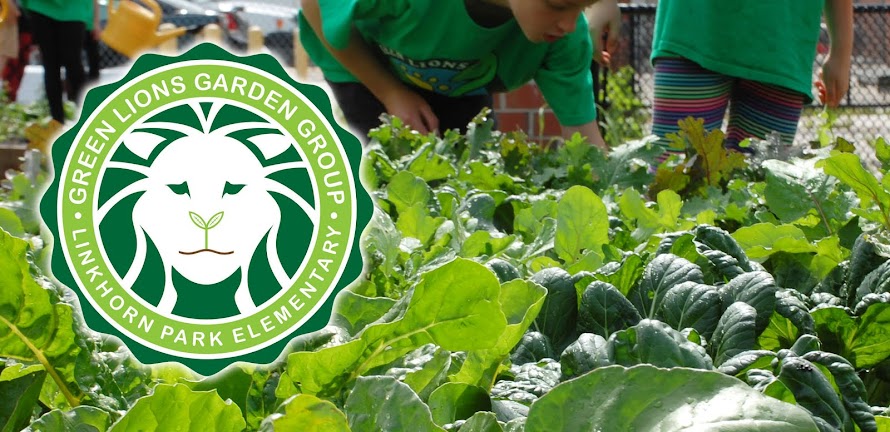As a society first we counted the calories in our food, then fat grams, then carbohydrate grams. Now the miles our food has traveled is topping that list. At least it is at the top of the list for the students in the Green LIONS Garden Group. They are studying the importance of eating fruits, vegetables and other products grown and produced in season by local growers and producers. They are learning to ask questions such as: What was the last thing I ate? Who grew and harvested it or some of the ingredients in it? How does how it was grown or produced affect the earth? How many miles did it travel to reach the store where I bought it?
Students explored the 24 steps we determined it could take to bring pizza sauce to your house to make a pizza. The steps, written on cards, were shuffled and passed around a circle. Starting with the first step students tossed a ball of yarn around after holding to it when their number came up. The yarn formed a large entangled web showing the elaborate trip pizza sauce may take to your house.
We discussed how much smaller that web could become if we bought tomatoes from a local farmer and made the sauce ourselves. The students holding the steps that could be eliminated then let go showing a clear difference in the shrinkage of the web, an impactful example of how we have the power to make choices that matter in our food purchasing decisions.
Our current global food system provides us with an immense variety of foods any time of the year. Sadly this system also takes a toll on our environment, local economies, communities, farmers, consumers and how our food tastes. Food travels farther today more often and this makes us further and further removed from our food sources. What used to feel like having endless choices now feels like we have less and less control over what we eat and how it is grown.
Students learned about eating seasonally and how to make choices to only eat some foods when they’re in season. We divided up into four groups and created an Eating Seasonally and Locally display to hang in the school cafeteria for the whole student body to enjoy. They were also able to take home a Local Food Wheel to share with their families when they make food choices.
By choosing to eat locally and seasonally we gain a voice in our community about how our land gets used, what pollutants end up in our local waters and soils, and the physiological and economical health of our community. Locally grown, seasonal produce tastes better and is better for us because it is usually eaten sooner after harvest than food that has traveled 100s and 1000s of miles. Simply reducing the amount of fruits, vegetables, and other products grown or produced outside of our region we consume can make a significant impact on the health of our planet now and for years to come.
Print out your own complimentary Local Food Wheel as pictured below by going to our GLGG Files and opening both Local Food Wheel Pg 1 and Pg 2. Take it with you to the grocery store or farmer’s market to find fresh, seasonal produce.












